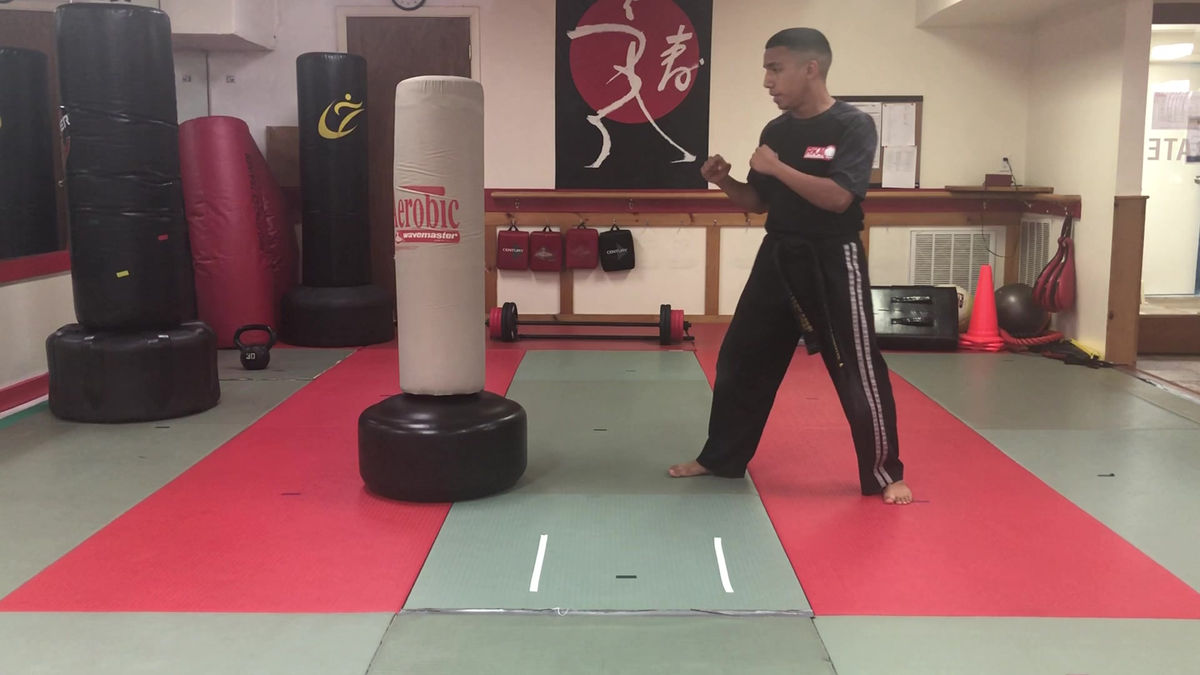Karate Lesson Planning
- Joseph Fanning
- Sep 17
- 1 min read
A good karate lesson plan includes a session objective, a warm-up, specific skill-building through kihon (basics) and kata (forms), practical application in drills and sparring, and a cool-down, adapted to the students' age and skill level. To make lessons effective and engaging, instructors should break down complex techniques, ensure relevance between drills and concepts, foster a fun and supportive atmosphere, and adapt based on student feedback and observed progress.
Essential Components of a Karate Lesson Plan
Session Intention/Objective:
Define a clear, achievable goal for the class, such as practicing a specific punch, integrating a kata with self-defense, or improving physical conditioning.
Warm-up & Stretching:
Physically prepare students for the session, focusing on flexibility and movements relevant to the techniques being taught.
Kihon (Basics):
Teach fundamental techniques (blocks, strikes, stances) in isolation to build correct form and muscle memory.
Kata (Forms):
Incorporate prearranged sequences of movements. You can teach them in smaller, manageable segments to ensure understanding and progress.
Drills & Application:
Apply learned techniques in controlled, practical settings, using pad work or drills with a training partner to build timing and power.
Sparring (Kumite):
For more advanced students, apply techniques in a dynamic, simulated fighting environment.
Cool-down:
Help students recover physically and reinforce the day's learning.
This video explains the stages of teaching a martial art technique:
Joe is an orange belt in karate










Comments